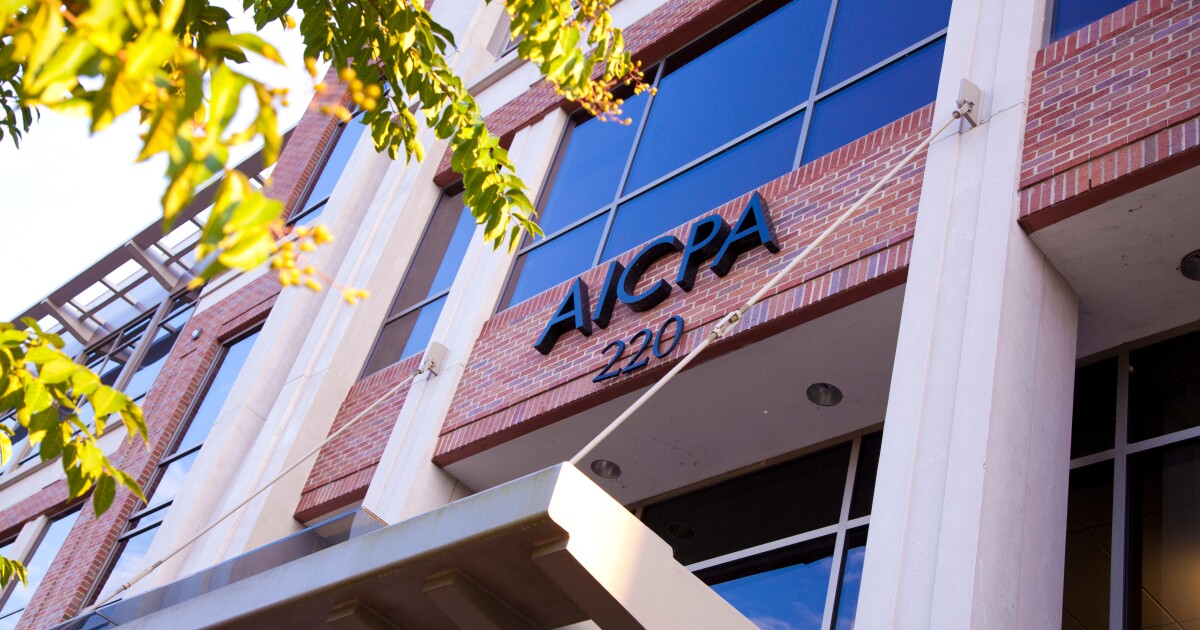Let me pay that; W-2-timer; the early bird gets a cell; and other highlights of recent tax cases.
Kansas City, Missouri: Anthony M. Alford, 46, has been charged with making a hoax call that led to an IRS employee being detained and a local IRS office being locked down.
The federal criminal complaint alleges that Alford placed a call to emergency services, falsely claiming that an individual was armed and was threatening to shoot people in an IRS building. According to an affidavit filed in support of the complaint, Alford called 911 on Sept. 10, 2024, and reported that a person identified in court documents as “Victim One” had a gun and was threatening to shoot up the IRS building at 333 W. Pershing Road in Kansas City. The victim is an IRS employee.
Police were dispatched to the building, where they contacted IRS security and federal officers. The victim had been detained and searched for weapons based on the 911 call. Following the call, a wing of the IRS building was locked down and the IRS announced that there was an active shooter in the building.
The victim, who was unarmed, told investigators she had been dating Alford for about a month and was trying to break up with him. Alford had never been violent, she said, but had exhibited controlling, possessive and jealous behavior. Alford had repeatedly called and messaged her the previous night, she said, and earlier that morning sent her messages threatening to involve the police.
Investigators interviewed Alford afterward and he told them the victim did not threaten to shoot up the IRS Building, as he had said in the 911 call. His stated intention was to instigate trouble for the victim at work.
Alford remains in custody pending a detention hearing on Oct. 4.
Rolling Meadows, Illinois: Tax preparer Adam R. Oliva has admitted that he stole more than $1.1 million from more than 10 clients under the pretense that the money would be sent to the IRS and state revenue authorities to satisfy tax liabilities.
Oliva held himself out as a tax professional who did business under various names, including Oliva and Associates LLC and The Oliva Group LLC. Oliva admitted in a plea agreement that from 2015 to 2020, he fraudulently induced the clients to provide him with money for the purported purpose of paying their income taxes. Oliva instead kept the money for himself.
Oliva also admitted that he filed false returns on behalf of some of the clients, reflecting no or lower tax liabilities to make it less likely that the IRS would contact the clients about their unpaid tax liabilities.
Earlier this year, Oliva pleaded guilty in a separate fraud case for duping investors who had provided him with money to fund purported short-term loans to clients. Oliva promised the investors that they would receive returns of 10% to 20% on their investments when Oliva actually never intended to make any short-term loans. Instead, he pocketed the investors’ money and used it for personal expenses, including gambling, restaurants and retail purchases. Oliva faces up to 20 years in prison in this case when sentenced on Oct. 18.
He pleaded guilty to one count of wire fraud and one count of preparing a false return. The wire fraud count is punishable by up to 20 years in prison; the tax count carries a maximum of three years. Sentencing is Jan. 24.
Palm Springs, California: Resident William Mandel Musgrow has pleaded guilty to scheming to defraud the IRS out of more than $2.1 million via the issuing of fake W-2s and to fraudulently obtaining nearly $1 million of COVID-19 economic relief loans.
Musgrow used one of his business entities to issue fraudulent W-2s that represented to the IRS that the recipients were employed by his various businesses, received wages and had federal tax withheld from their paychecks, when, in fact, the W-2s either overstated the recipient’s income or were wholly fraudulent as the recipient either did not work for the business at all or had no federal income tax withheld from paychecks. Musgrow then would help the recipient file fraudulent federal income tax returns that utilized the bogus W-2s to generate an undeserved refund.
In total, Musgrow issued at least 87 fraudulent W-2s and assisted in the filing of at least 87 false income tax returns. These returns requested a total of $2,769,600 in refunds, and the IRS paid out $2,136,630.
From March to August 2020, Musgrow also submitted 14 fraudulent applications to the U.S. Small Business Association and banks for Paycheck Protection Program loans and Economic Injury Disaster Loans. In these applications, Musgrow lied about the number of employees to whom were paid wages, falsely certifying that the loan proceeds would be used for permissible business purposes, and, in some cases, that the businesses were legitimate, when in fact they were not operating in any fashion and had no employees.
Musgrow submitted a total of 14 fraudulent loan applications that requested more than $1.9 million. The SBA and lenders approved and funded many of the loans; Musgrow obtained some $970,000 in fraudulent proceeds.
Sentencing is Jan. 16. Musgrow will face up to 20 years in prison for wire fraud and three years for the tax fraud.
Austin, Texas: Resident Frank Richard Ahlgren III has pleaded guilty to filing a return that falsely underreported the capital gains he earned from selling $3.7 million in bitcoin.
Between 2017 and 2019, he filed returns that underreported or did not report the sale of $4 million worth of bitcoin in which he had substantial gains. Ahlgren was an early investor in bitcoin: In 2015, he bought some 1,366 bitcoin when the virtual currency was valued at no more than $500 each. In October 2017, Ahlgren sold some 640 bitcoin for $3.7 million.
He then filed a federal return for 2017 that substantially inflated the cost basis of the bitcoin, underreporting his capital gain. In 2018 and 2019, Ahlgren also sold more than $650,000 worth of bitcoin and did not report those sales on either year’s return.
He caused a federal tax loss exceeding $550,000.
Ahlgren faces up to three years in prison as well as a period of supervised release, restitution and monetary penalties.
Albuquerque, New Mexico: David Wellington has been sentenced to 40 months in prison for devising and operating a tax evasion scheme, and has been ordered to pay more than $5.5 million in restitution.
In January 2005, Wellington and Stacy Underwood founded National Business Services in New Mexico, specializing in creating LLCs for clients seeking to “beat the IRS” by evading taxes. Wellington focused on marketing and client development; Underwood managed corporate filings and bank accounts. The company obtained EINs for clients and opened bank accounts under Underwood’s signature authority.
From 2005 to 2015, they created 192 LLCs and opened 114 bank accounts, with some $41.7 million deposited into accounts under Underwood’s control, representing concealed income. One client, Jerry Shrock, had three LLCs formed by National Business while undergoing an IRS audit. Despite the audit, Shrock transferred his home into one of the LLCs to shield it from the government. Between 2011 and 2015, he deposited nearly $4.9 million into a bank account opened for one of his LLCs, concealing more than $4.3 million in income without ever filing returns.
Underwood previously pleaded guilty to conspiracy to defraud the United States; her sentencing is pending. She faces up to five years in prison to be followed by up to three years of supervised release. Shrock pleaded guilty to conspiracy to defraud the U.S. and was sentenced to five years of probation and ordered to pay $1,542,769.70 in taxes, interest and penalties.
Upon his release from prison, Wellington will be subject to three years of supervised release and is prohibited from ever running any business advising clients or dealing with the IRS.


 Accounting1 week ago
Accounting1 week ago
 Personal Finance1 week ago
Personal Finance1 week ago
 Accounting1 week ago
Accounting1 week ago
 Finance1 week ago
Finance1 week ago
 Economics1 week ago
Economics1 week ago
 Economics1 week ago
Economics1 week ago
 Economics1 week ago
Economics1 week ago
 Personal Finance1 week ago
Personal Finance1 week ago












